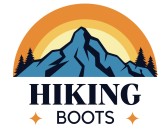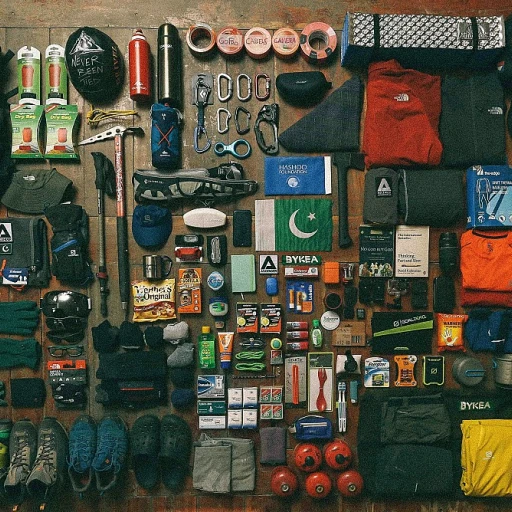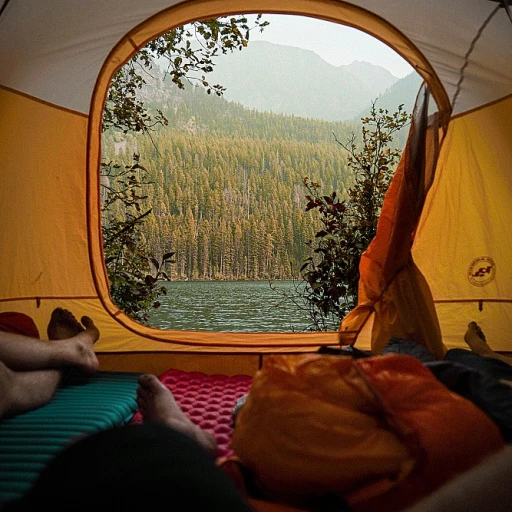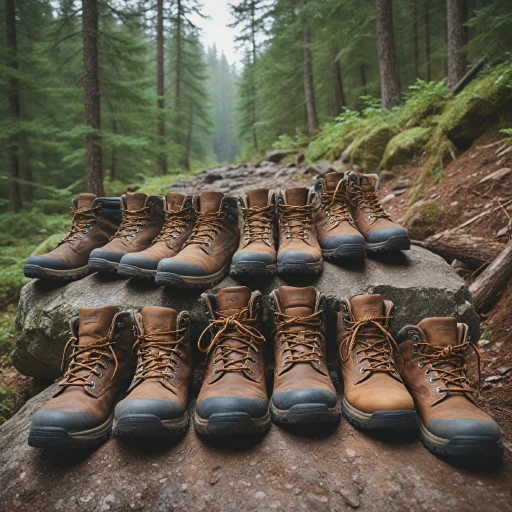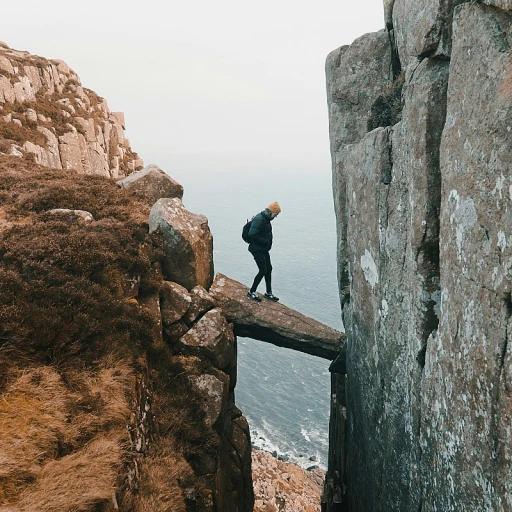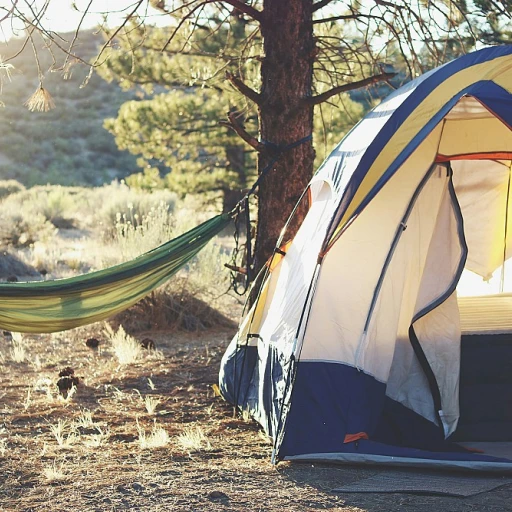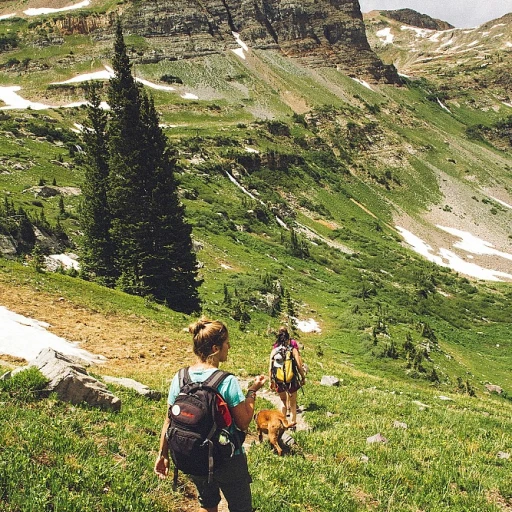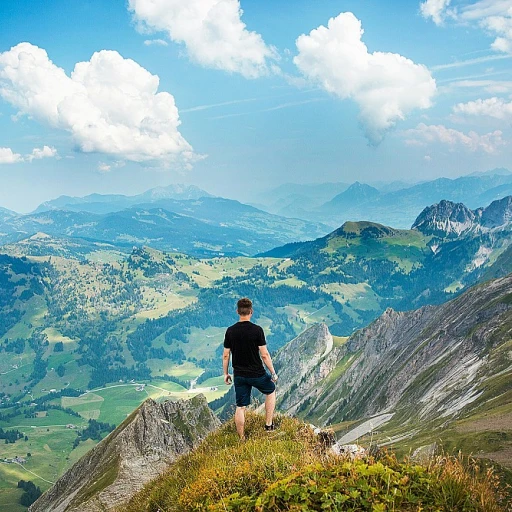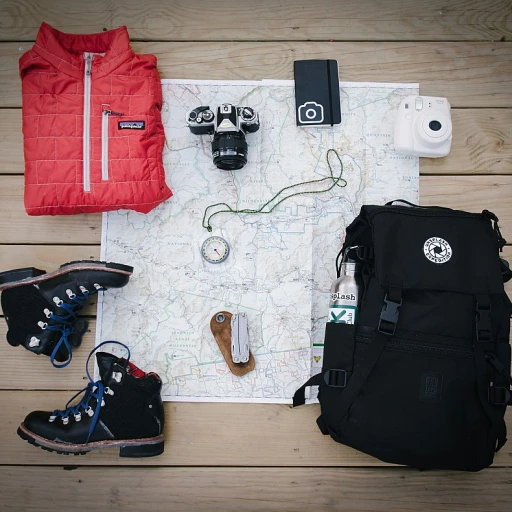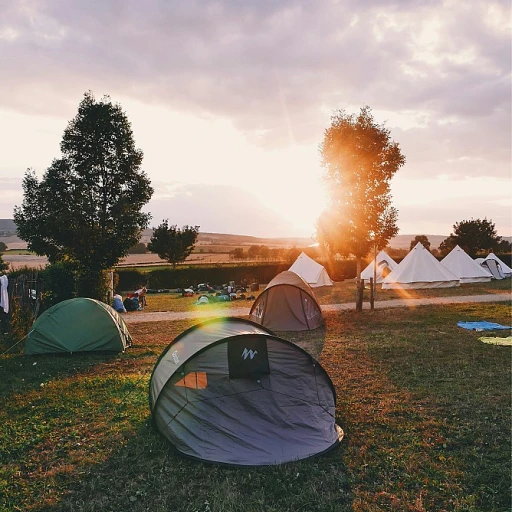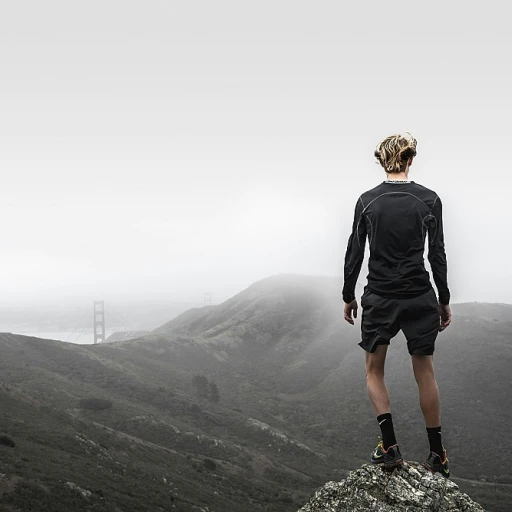
Understanding the Terrain: Why Trail Running Shoes Matter
Trail running shoes have become an essential piece of gear for many outdoor enthusiasts and experienced hikers venturing into rugged terrains. Understanding the terrain and why these shoes matter is pivotal before making a choice. Every trail can bring different obstacles like rocks, mud, and steep inclines, making it crucial for runners to have a shoe that offers stability and protection while fostering agility and speed.
The Terrain's Demands on the Shoe
Technical trails often include rough patches and uneven surfaces, requiring shoes with superior grip and cushioning. Shoes like the Hoka Speedgoat or Altra Lone Peak are favorites among runners for their balance between comfort and protective features. The ability to handle the variability of trails ensures runners maintain control and reduce the risk of injury.
Traction and Stability: Non-negotiables
Men looking for trail running shoes should ensure that traction is a priority. Brands like Salomon and Brooks are renowned for their soles designed to grip challenging surfaces, whether it’s mud, gravel, or loose rocks. Additionally, high traction allows for better maneuverability across difficult paths.
The Importance of a Proper Fit
The right fit is indispensable. A variety of brands offer shoes tailored to different foot shapes. For instance, Topo Athletic boasts a more spacious toe box, allowing for natural toe splay, which can be critical when running long distances. With a proper fit, the likelihood of blisters and discomfort is minimized.
In terms of reviews and expert advice, brands like Nike Pegasus and Saucony Peregrine frequently appear in top reviews often due to their support and versatility. For more insights into choosing the right trail running shoes, you may want to explore other options on this guide on women’s hiking shoes.
Key Features to Look for in Trail Running Shoes
Finding the Right Elements for Trail Adventures
When embarking on a trail, having the right shoes can significantly enhance your experience. The various conditions and terrains you may encounter make it crucial to have suitable running shoes. Here’s what you need to focus on:- Grip & Traction: A key feature to focus on is the outsole. Options like those found in Salomon, Hoka, and Brooks ensure that your shoes can handle the slick and uneven surfaces of trails. Look for shoes that provide exceptional grip to help you navigate even the most technical terrains.
- Cushioning & Comfort: Cushioning varies from brand to brand and model to model. For instance, the Hoka Speedgoat is praised for its plush cushioning, while the Altra Lone Peak offers a more moderate cushioning feel. The goal is to find shoes that blend comfort and shock absorption, reducing fatigue on long runs.
- Toughness & Protection: Running shoes built for the trail must offer significant protection against rocks, debris, and other elements. The Saucony Peregrine and North Face models often come with rock plates and reinforced uppers for added durability.
- Toe Drop & Support: The toe drop, or the difference in height between the heel and the forefoot, plays a role in how natural your stride feels. For example, Topo Athletic's low drop designs accommodate a more natural footstrike, which many trail enthusiasts prefer.
- Weather Resistance: Waterproofing features, like those found in Nike Pegasus Trail and Nnormal Tomir, are vital if you plan to run in wet conditions. They keep your feet dry without compromising breathability.
Top Picks for Men's Trail Running Shoes
Top Trail Running Shoes for Men
When it comes to selecting the best trail running shoes for men, the market offers a plethora of options. Each brand brings its unique strengths to the table, catering to different terrains and preferences. Here’s a look at some of the top contenders that have consistently received positive reviews from outdoor enthusiasts and experts alike.
Altra Lone Peak
The Altra Lone Peak series is renowned for its zero-drop platform, which promotes a natural foot position. This shoe is particularly favored by those who appreciate a wide toe box, allowing for natural toe splay during runs. Its cushioning is designed to handle rugged trails, making it a reliable choice for technical terrains.
Hoka Speedgoat
For those who prioritize cushioning, the Hoka Speedgoat is a standout option. Known for its plush feel, this shoe excels in providing comfort over long distances. The aggressive outsole ensures excellent grip on various surfaces, making it a favorite among trail runners who tackle challenging trails.
Salomon Speedcross
Salomon’s Speedcross series is synonymous with durability and traction. The shoe’s lug pattern is designed to grip loose and muddy surfaces effectively, making it ideal for unpredictable trails. Its snug fit and robust construction have earned it high marks in numerous shoes reviews.
Nike Pegasus Trail
The Nike Pegasus Trail blends the brand’s renowned running technology with trail-specific features. It offers a balanced ride with responsive cushioning and a durable outsole. The Pegasus Trail is a versatile option for those who transition between road and trail running.
Brooks Cascadia
Brooks Cascadia is celebrated for its stability and protection. The shoe’s rock plate and adaptive cushioning make it a dependable choice for rocky and uneven terrains. Its consistent performance has made it a staple in the trail running community.
Each of these shoes brings something unique to the table, catering to different needs and preferences. Whether you prioritize cushioning, traction, or a natural foot position, there’s a trail running shoe out there that’s perfect for you. For more insights on choosing the right footwear for your adventures, explore our in-depth analysis of hiking footwear.
Comparing Trail Running Shoes and Hiking Boots
Distinct Footwear for Distinct Purposes
Trail running shoes and hiking boots, while both catering to outdoor enthusiasts, serve quite different purposes. Understanding these distinctions is crucial for making the right choice when it comes to your next outdoor adventure. Trail running shoes are crafted for agility and speed. They feature lightweight construction with essential cushioning, such as seen in models like the Altra Lone Peak or Hoka Speedgoat, designed for rapid movements and absorbing impacts on varied terrains. These shoes typically have a lower toe drop, which enhances quick transitions and maintains stability on challenging trails. In contrast, hiking boots are synonymous with durability and support. They are designed to withstand the demands of more technical terrains and longer hikes, providing robust ankle support and a sturdier sole, qualities one might find in shoes like the North Face Hedgehog or similar models. Their build usually involves tougher materials to endure tough conditions, providing the protection needed for rugged outdoor settings. For those interested in trail running, shoes like the Brooks Cascadia or Salomon Sense Ride receive favorable reviews for striking a balance between cushioning and trail performance. Meanwhile, men seeking versatile performance can also consider offerings like the Nike Zegama or Topo Athletic models for their unique features tailored to fast-moving adventures. It's also important to consider how different models, like the Saucony Peregrine or the La Sportiva Bushido, fit into your specific needs, whether you prioritize lightness for running or the structural support of a hiking boot for extended trekking. Each provides distinct advantages depending on the activity and terrain involved. In summary, the choice between trail running shoes and hiking boots hinges on your intended activity, terrain, and personal preferences. Evaluating primary features and understanding your specific adventure needs can significantly impact the experience and performance outcomes on trails.Maintenance Tips for Longevity
Keep Your Shoes in Shape for the Trails
Maintaining your trail running shoes is crucial to ensuring their longevity and performance on technical trails. Here are some tips to help keep them in top condition:- Cleaning Regularly: After each run, especially on muddy or dusty trails, clean your shoes promptly. A gentle brush with warm water can help remove debris and prevent the buildup of dirt which can compromise the shoe’s materials.
- Drying Properly: Never leave your shoes on heat sources like radiators for drying. Instead, position them in a well-ventilated area, stuffing them with newspaper to help absorb moisture and maintain shape.
- Inspect for Wear and Tear: Regularly check for signs of damage such as sole wear, especially if you frequently tackle rugged trails with models like the Altra Lone Peak or Hoka Speedgoat. Replacing insoles periodically can also help especially if cushioning appears compromised.
- Proper Storage: Keep your shoes in a cool, dry place. Avoid damp environments which can lead to mold growth or material degradation.
- Use for Intended Purpose: Although tempting, using your trail running shoes like the Nike Pegasus or Saucony Peregrine for purposes other than trail running can accelerate their wear. Stick to their designed terrain to maximize durability.
Expert Advice: Choosing the Right Fit
Finding the Perfect Fit for Your Trail Running Shoes
Choosing the right fit when it comes to running shoes can make all the difference between a comfortable trail run and a blister-filled disappointment. Here’s a breakdown of what to watch for:
- Toe Room: Ensure there is adequate space for natural toe splay, especially if you’re venturing to rocky or technical trails. Brands like Topo Athletic are renowned for their roomy toe boxes, making them top picks among trail enthusiasts.
- Shoe Width: Different brands cater to varying foot widths. For those needing more width, brands like Altra with their Lone Peak series are often mentioned in reviews for accommodating broader feet.
- Arch Support: The level of arch support can influence your comfort on trails. Consider shoes like the Brooks and Saucony Peregrine, known for well-balanced support.
- Heel-to-Toe Drop: Knowing your preferred shoe drop is crucial for comfort and injury prevention. Models such as the Hoka Speedgoat with higher cushioning can be ideal for those who favor a softer land.
- Cushioning: The cushioning level is paramount, impacting fatigue over long distances. Reviews often praise the Mafate Speed and Nike Pegasus for their plush underfoot feel.
- Breathability and Material: Factor in the weather conditions you often run in. Breathable materials like those in the Nnormal Tomir are suitable for warm climates, while the North Face options frequently highlight durability.
When you’re considering brands—be it Hoka, Salomon, or Nike—extensively read updated shoes reviews. They often provide firsthand insights into the best models for both beginner and seasoned runners. Ensuring a model with the right cushioning and drop that matches your trail running needs is vital for an optimal running experience.
